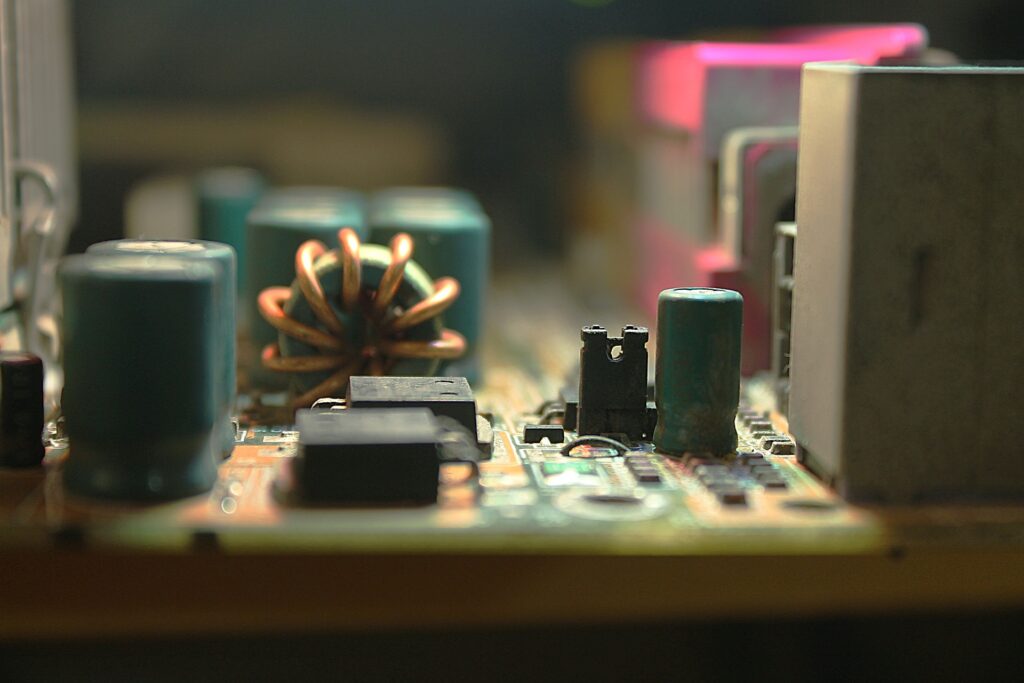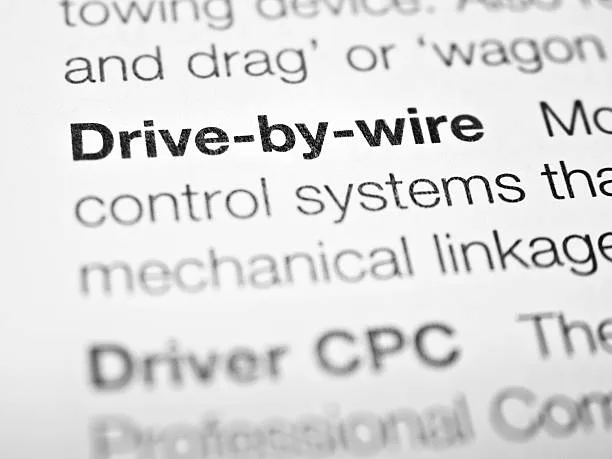Write a C program to swap two bits in a bytes.
In the realm of programming, especially in languages like C, bit manipulation is a powerful tool that allows developers to perform various operations at the lowest level of data representation. One interesting task within this domain is swapping two bits within a byte. In this blog, we’ll delve into a simple yet insightful C program that accomplishes this bit-swapping magic.



